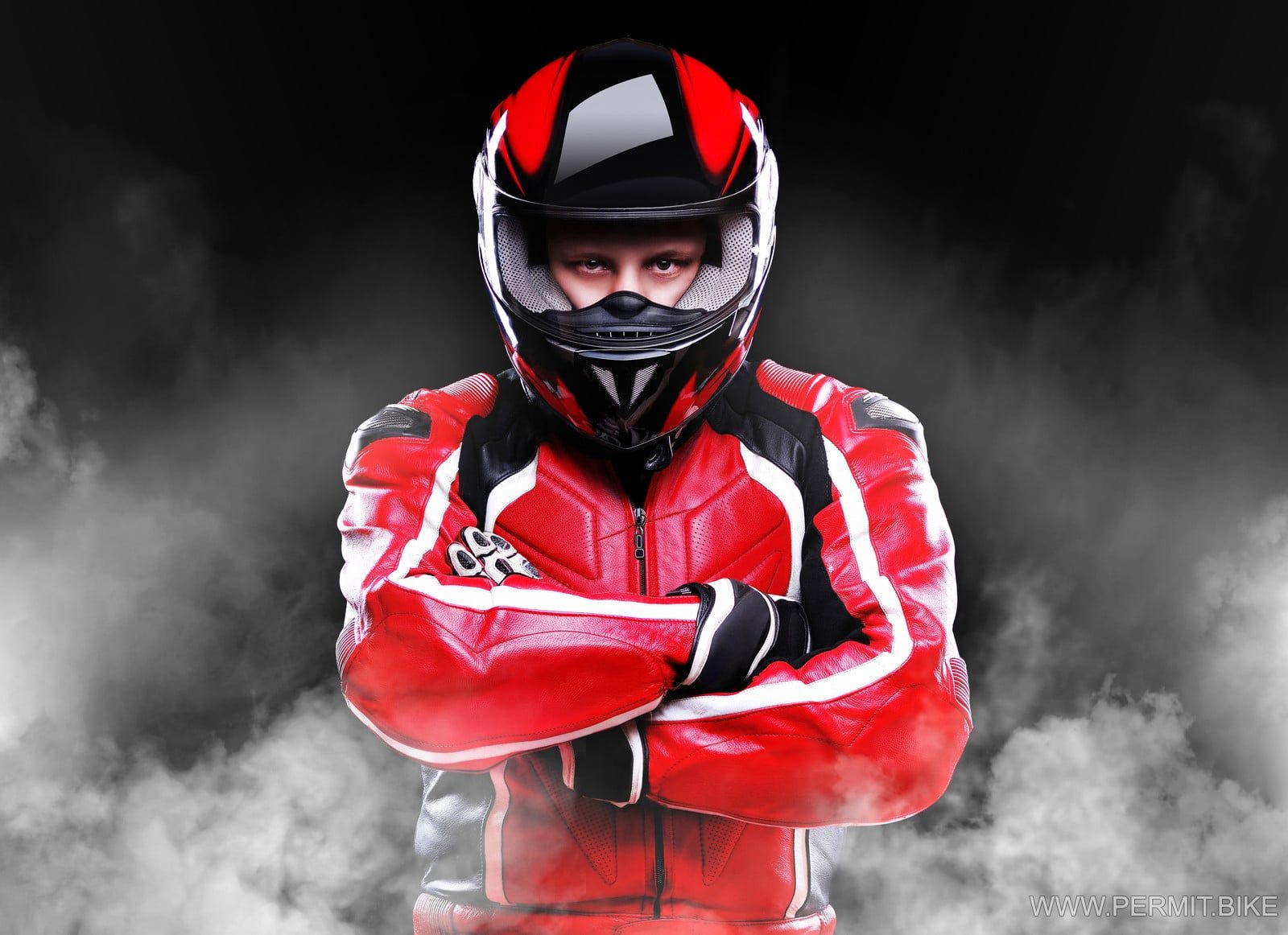
When it comes to riding a motorcycle, safety should always be the top priority. One of the most crucial pieces of safety equipment every rider should have is a helmet. However, not all motorcycle helmets are created equal, and choosing the right one for you can make a significant difference in terms of both comfort and protection on the road. In this guide, we will walk you through the important factors to consider when selecting a motorcycle helmet that suits your needs and preferences.
1. Helmet Type
There are several types of motorcycle helmets on the market, each offering different levels of protection and functionality. The common types include:
Full-face helmets: These helmets provide the best overall protection as they cover the entire head, including the face. They offer excellent impact resistance and often come with additional features like ventilation and anti-fog visors.
Open-face helmets: Also known as three-quarter helmets, they cover the top, back, and sides of the head but leave the face exposed. While they offer good ventilation and visibility, they provide less protection than full-face helmets.
Half helmets: These helmets only cover the top half of the head, leaving the face and eyes exposed. They are commonly chosen by riders who prefer minimal coverage but offer the least protection overall.
2. Safety Standards
When choosing a helmet, always make sure it meets safety standards. The most widely recognized safety certification for motorcycle helmets is provided by the Department of Transportation (DOT) in the United States. Look for the DOT sticker or emblem on the helmet to ensure its compliance with safety regulations. Additionally, helmets certified by the Snell Memorial Foundation offer an extra level of assurance, as they undergo more rigorous testing.
3. Fit and Comfort
A properly fitting helmet is crucial for both your safety and overall comfort during long rides. Here are some tips to consider:
Measure your head circumference using a tape measure and refer to the manufacturer’s size chart to find your correct size.
Ensure a snug, but not overly tight fit. The helmet should sit level on your head without creating any pressure points.
The helmet should not move or shift when you shake your head or during strong wind blasts.
Check for adequate padding and ventilation to prevent discomfort and excessive sweating.
4. Construction and Materials
The construction and materials used in the helmet play a vital role in its overall performance. Look for helmets made from durable materials like polycarbonate, fiberglass composite, or carbon fiber. These materials offer excellent impact resistance while being lightweight. Additionally, helmets with multiple layers of EPS (Expanded Polystyrene) foam provide better impact absorption.
5. Additional Features
Consider any additional features that might enhance your riding experience:
Visors: Look for helmets with a high-quality visor that offers good visibility, anti-fog, and UV protection.
Ventilation: Adequate ventilation systems help keep you cool and prevent fogging.
Modularity: Some helmets offer a modular design that allows you to flip up the visor and chin bar, providing the convenience of both full-face and open-face helmets.
Bluetooth Integration: If you enjoy riding with music or need to stay connected, helmets with built-in Bluetooth technology are available.
6. Budget
While it’s essential to prioritize safety and quality, it’s also crucial to consider your budget when choosing a helmet. Set a reasonable budget range and explore options within that range. Remember that investing in a high-quality helmet can provide long-term value and potentially save you from more significant expenses in case of an accident.
Conclusion
Choosing the right motorcycle helmet is a significant decision for any rider. With the multitude of options available, taking the time to consider the helmet type, safety standards, fit and comfort, construction and materials, additional features, and your budget will ensure you find a helmet that meets your needs. Remember, your helmet is a crucial piece of safety equipment that can protect your life on the road. Ride safe and enjoy your motorcycle adventures!

